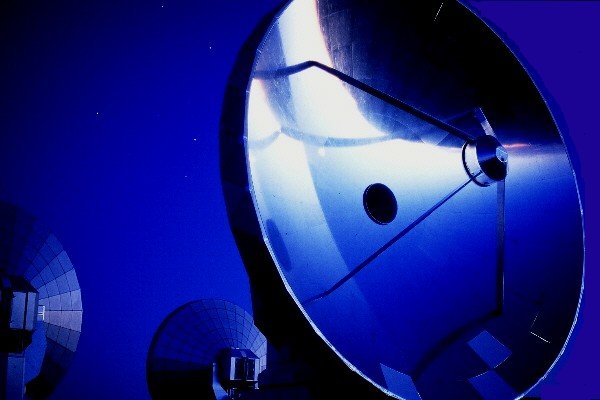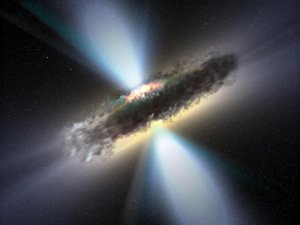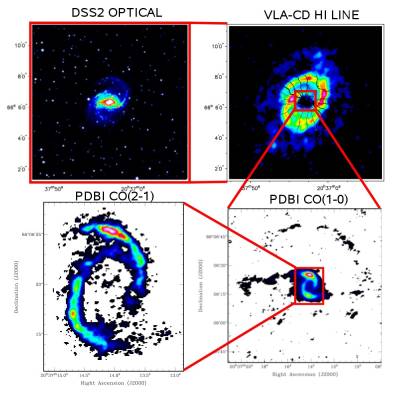
Introduction |
Active Galactic Nuclei (AGN) produce enormous luminosities arising from very compact volumes. The radiation from AGN is generally associated with gas accretion onto a SuperMassive Black Hole (SMBH) located at the center of the host galaxy. The tight correlation between the black hole mass and the stellar velocity dispersion (e.g. Gebhardt et al. 2000) and the mass of the surrounding bulge (e.g. Häring & Rix 2004) suggests a co-evolution of the central black hole and its host galaxy. Thus, nearby AGN galaxies are ideal targets to test state-of-the-art dynamical models for the feeding and evolution of a galaxy’s central region and black hole. Up to now a general picture for AGN fueling is still missing: What mechanisms are responsible for the different kinds of AGN observed? How is the angular momentum removed from material far away from the gravitational influence of the central black hole? Over the last decades observations of spiral galaxies point towards a hierarchy of mechanisms that all combine to transport the gas from the large kpc scales down to the inner pc scales. Additionally, fueling mechanisms triggered by the galactic environment, such as minor mergers and tidal interactions, might play a prominent role. Even less known are the processes responsible for fueling the innermost regions: secondary or inner bars were first proposed (Shlosman et al. 1989) to bridge the last few 100 pc, but recently other mechanisms, such as m=1 modes (Emsellem 2001), warped gas disks (Schinnerer et al. 1999, 2000a,b) and/or gas density waves (Englmaier & Shlosman 2000, Martini et al. 2003, Maciejewski 2004a,b) have been suggested to be equally or more important. Thus the long-standing problem of fuel transport in the central kpc remains unsolved. |
| Active Galactic Nuclei | ||
|
|
||

